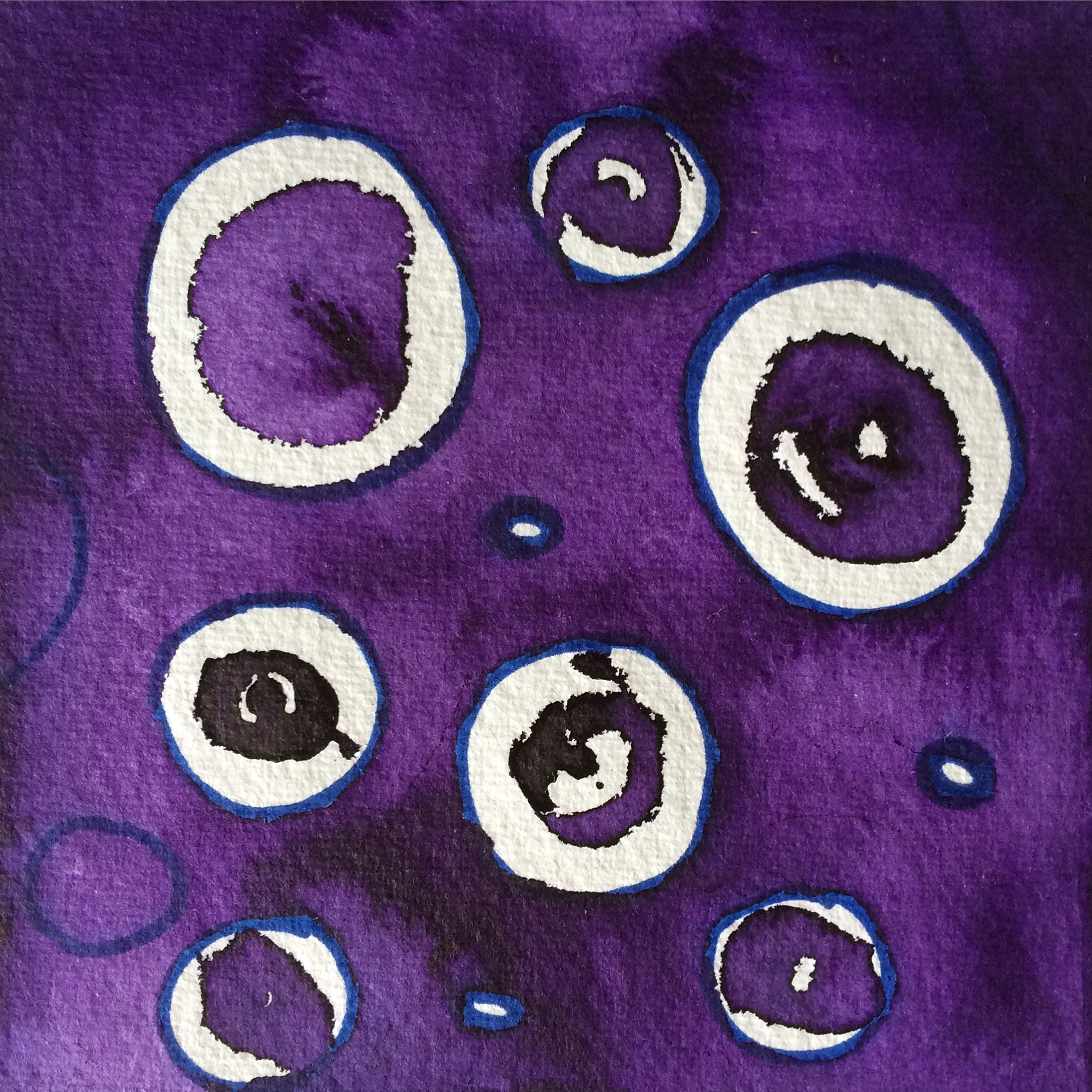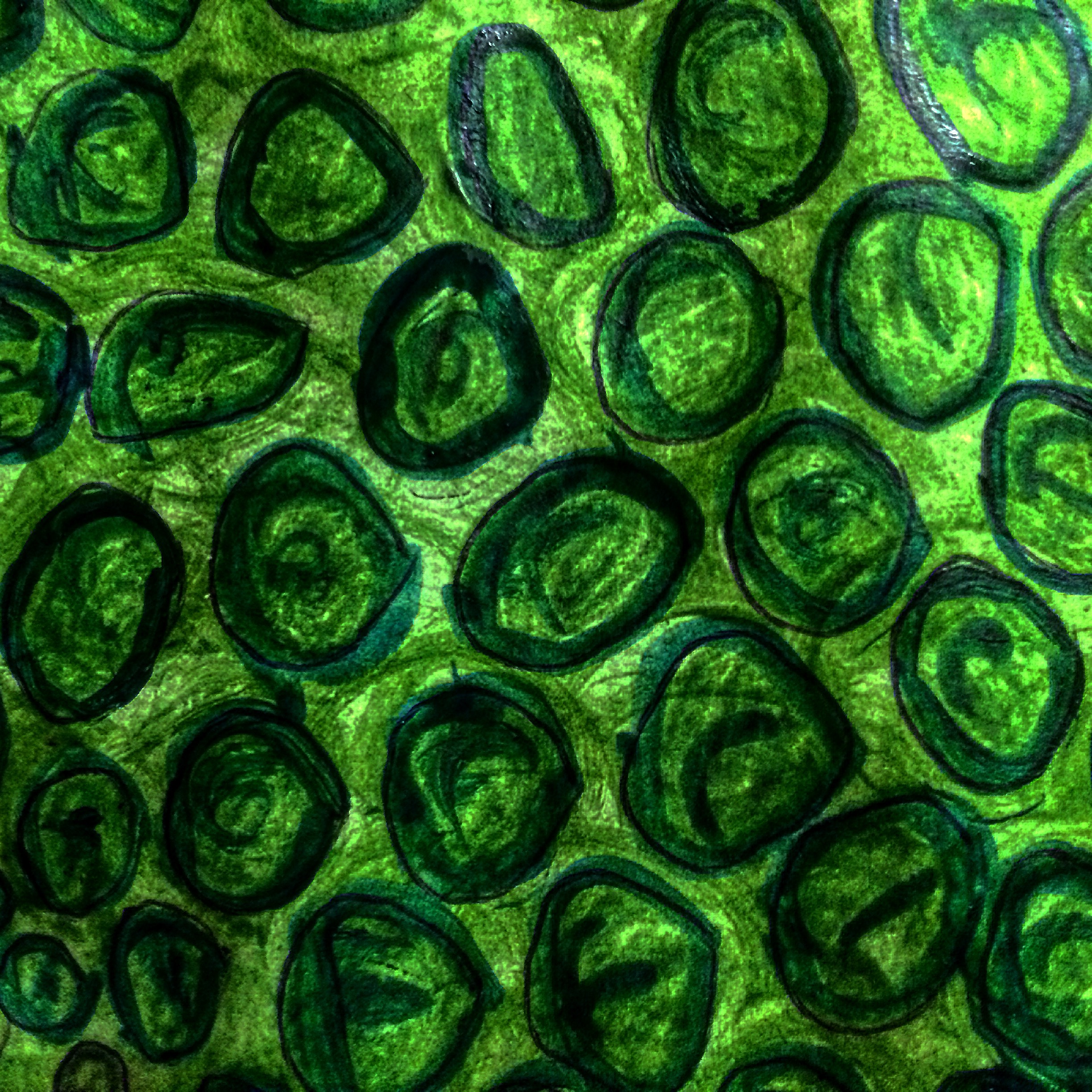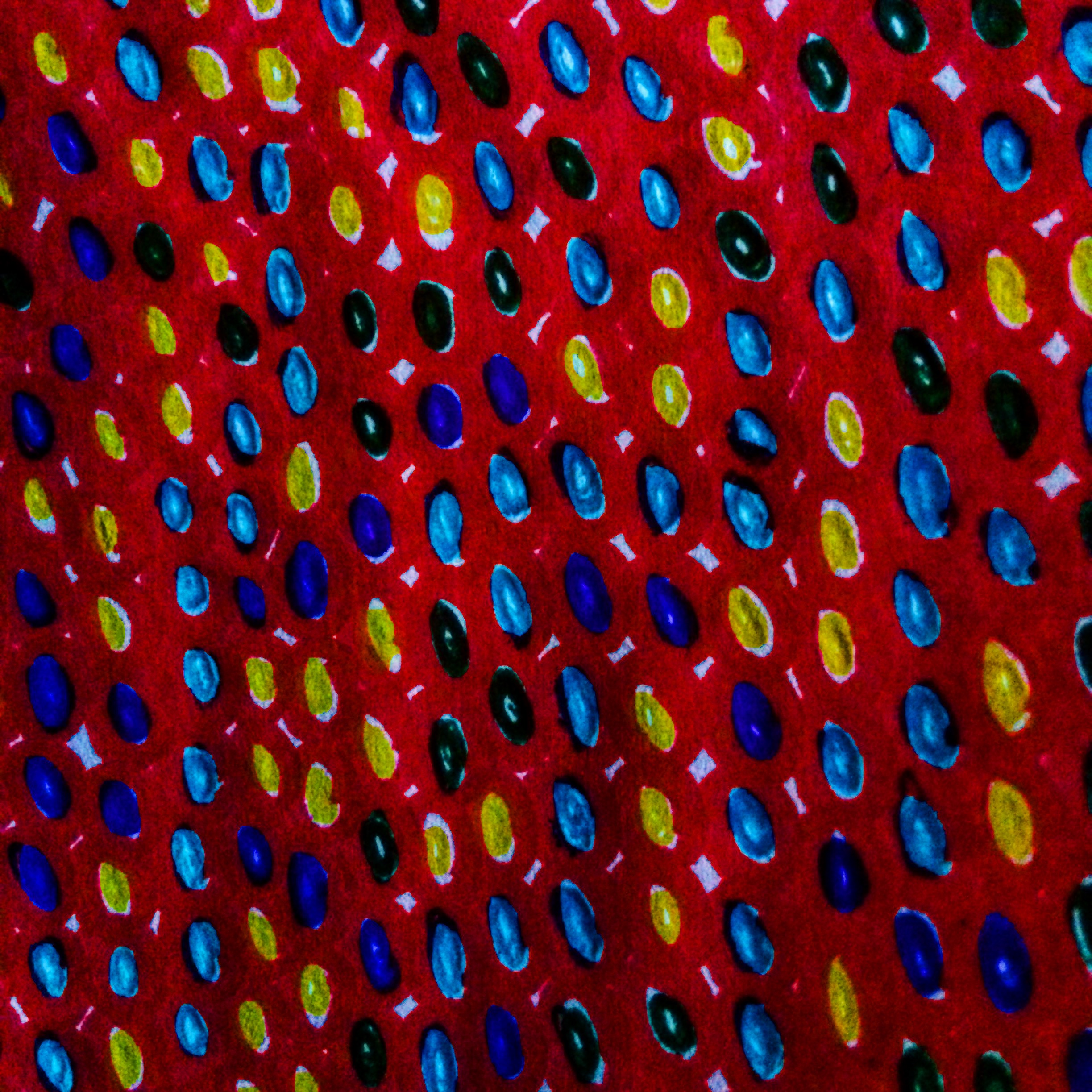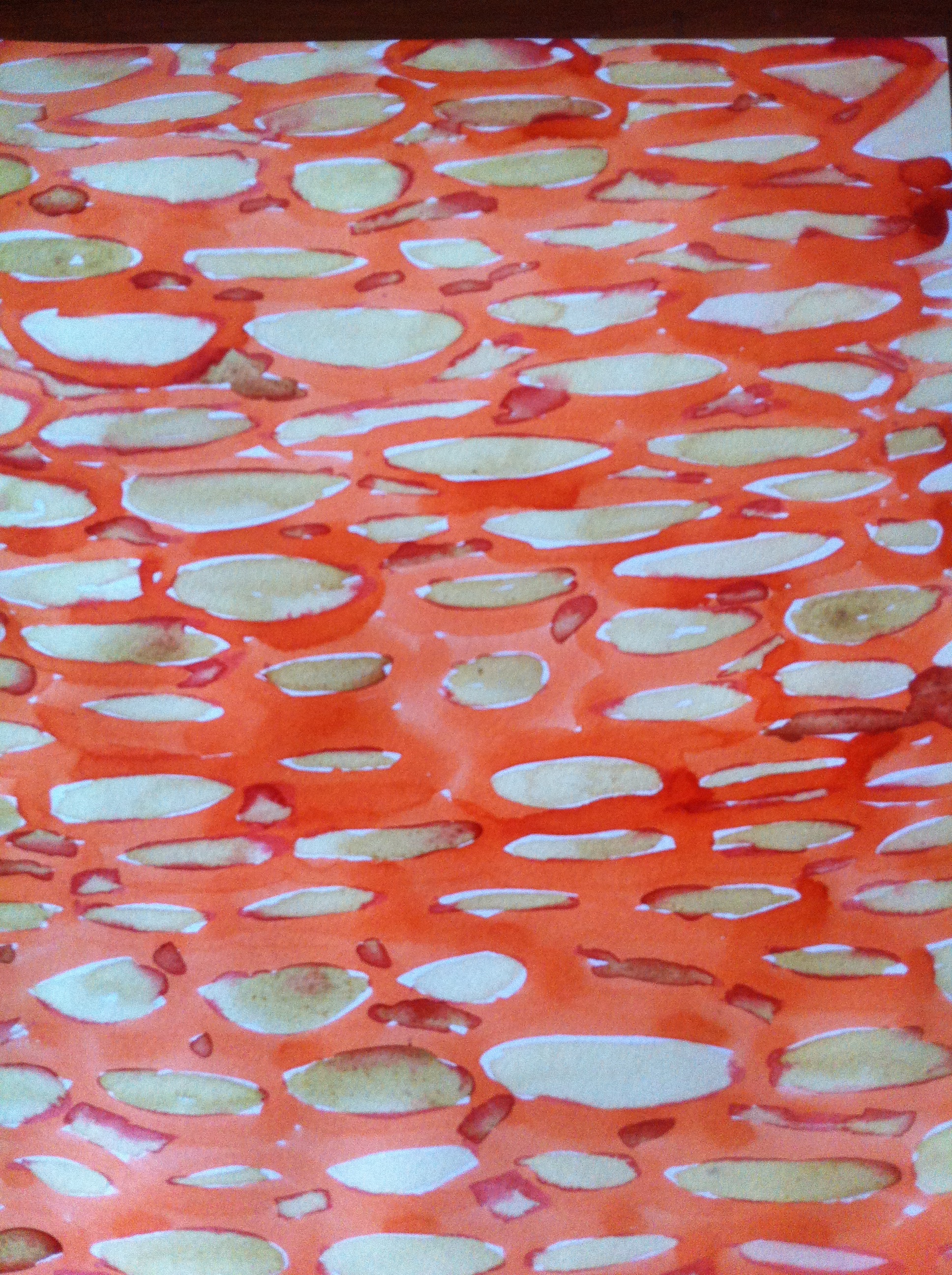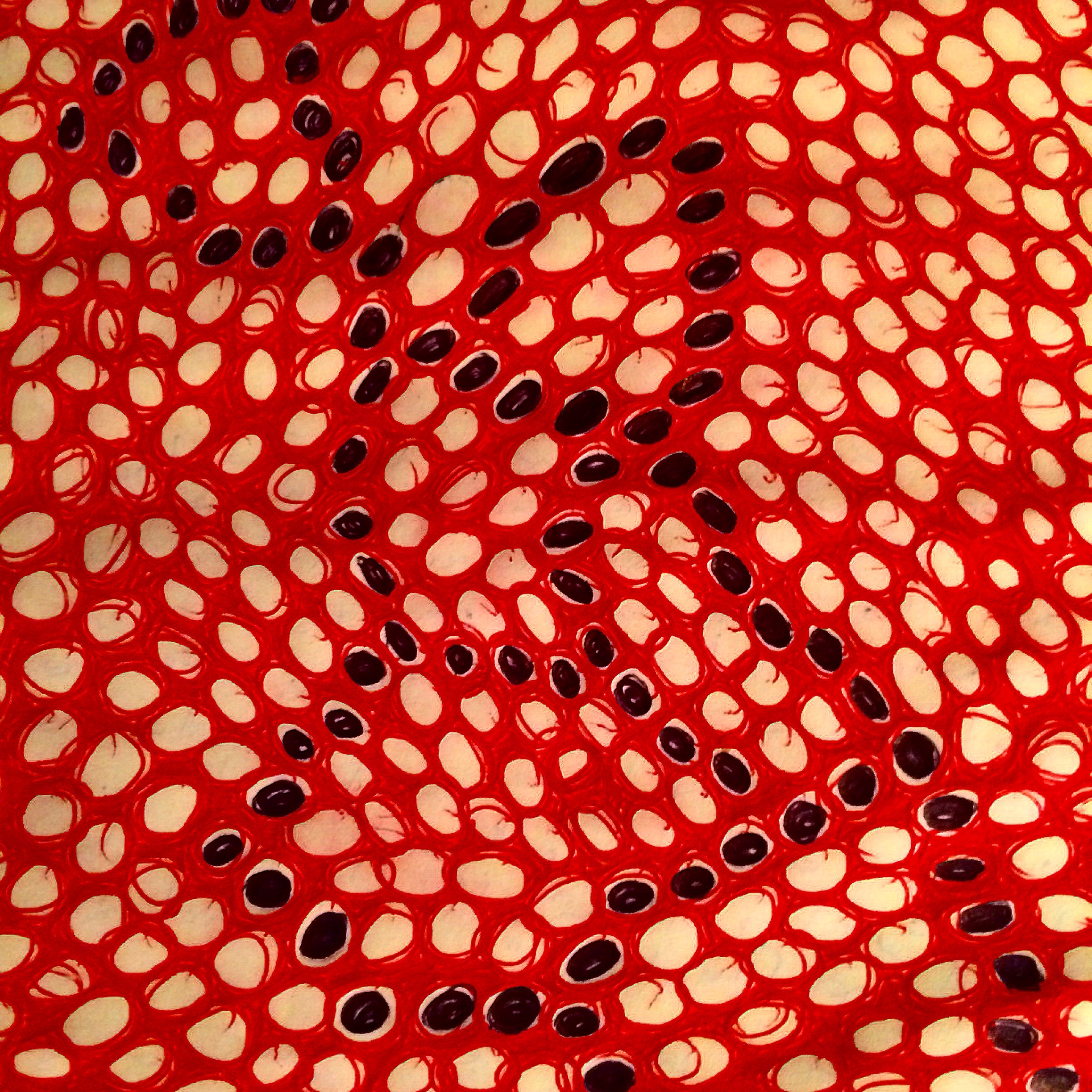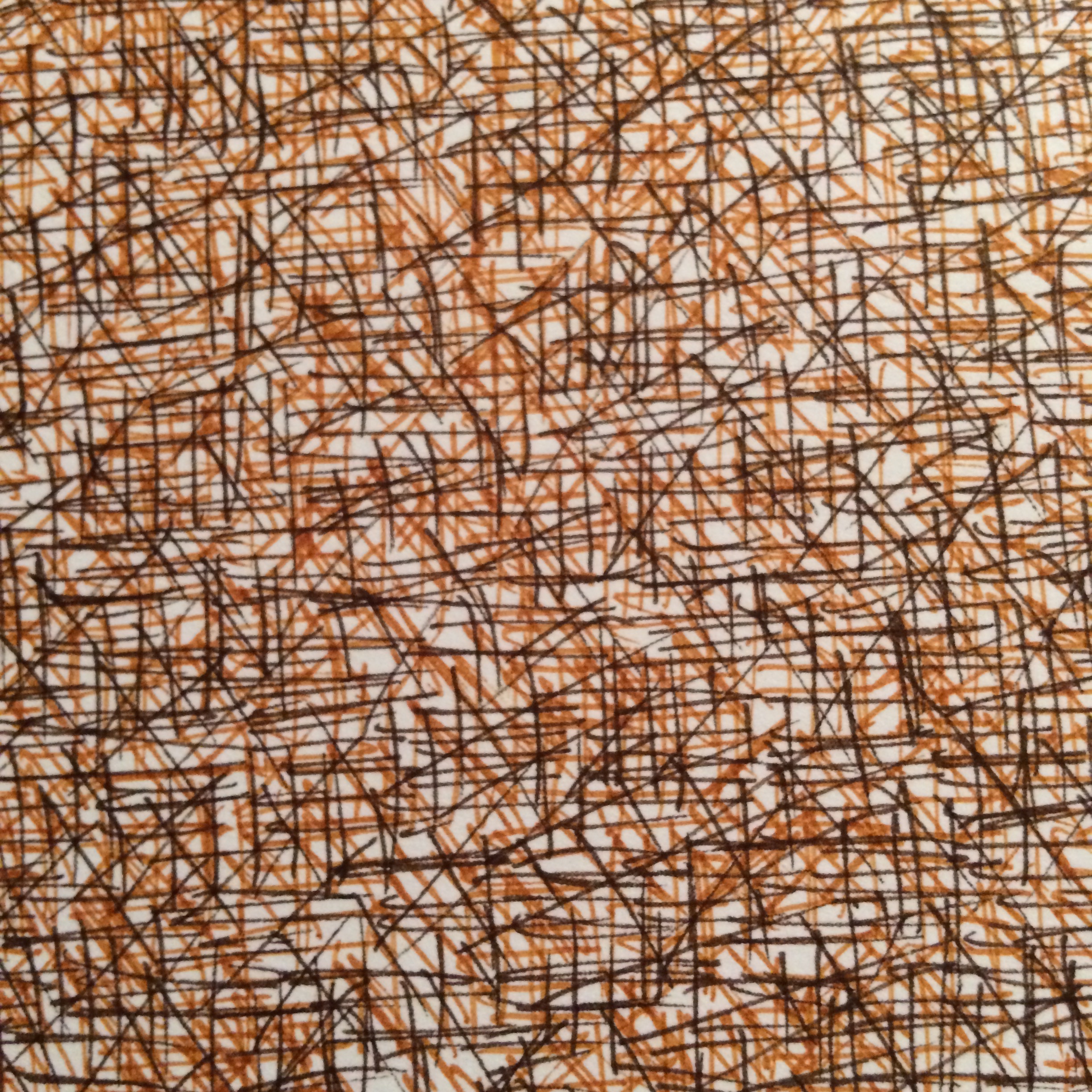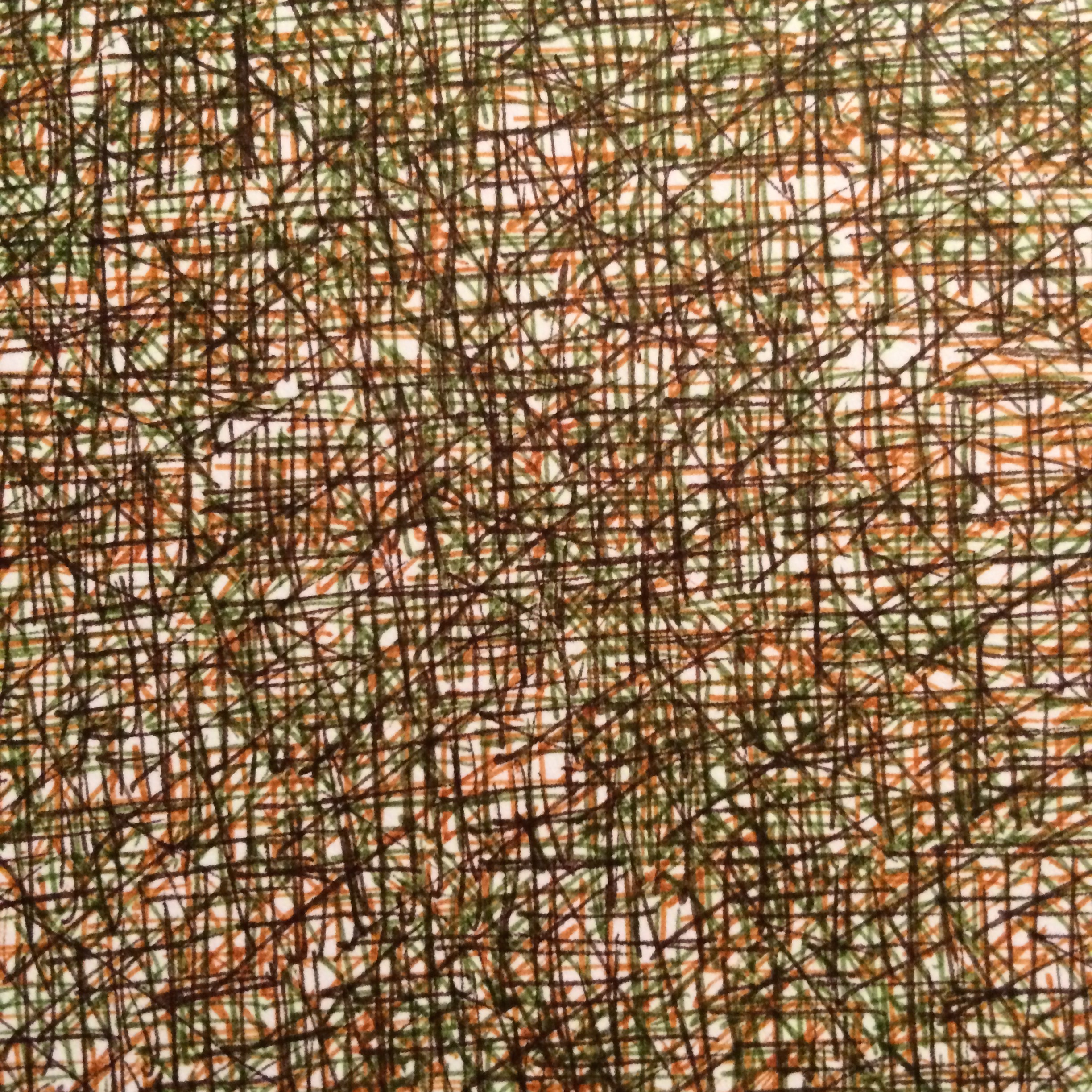Packing up a houseful of belongings requires thousands of micro-decisions. You look at every piece of clothing, every kitchen utensil, every knick-knack, every household item and decide its fate – keep, bin or donate.
The accumulated effect of all these micro-decisions has for me been a deep fatigue and a retreat from the social whirl. It’s my (introverted) way of regaining strength – we moved in January and I am only now starting to feel recovered.
Towards the end of the move when I couldn’t face sorting out kid’s toys or dress up clothes, I would send in the most ruthless daughter, who without great sentiment would swoop through and clear whole areas in minutes. No agonies of indecision for her.
A helpful film I watched during this time was Minimalism: A Documentary about the Important Things. It profiled a number of Americans who are questioning our society’s avid consumerism. I was particularly impressed by Courtney Carver, whose multiple sclerosis diagnosis prompted her to simplify her life. She started with de-cluttering her wardrobe and while doing so developed Project 333, which her website describes thus: “Project 333 is the minimalist fashion challenge that invites you to dress with 33 items or less for 3 months.”
The documentary concludes that fewer choices about everyday items, like what to wear, leaves our brain with more resources to make better choices overall. Being constantly offered many choices erodes the brain’s capacity to make choices. I feel this sometimes when faced with a large menu or a shop stuffed to the brim with bargains. It feels like a kind of craziness to be lured by these limitless options.
So moving house was clearly the very definition of upheaval: a violent or sudden change or disruption to something. But maybe, just maybe, the impetus to make better choices will be strengthened by the experience.

